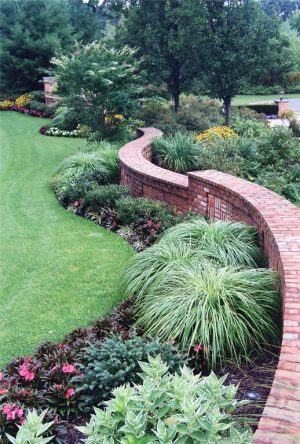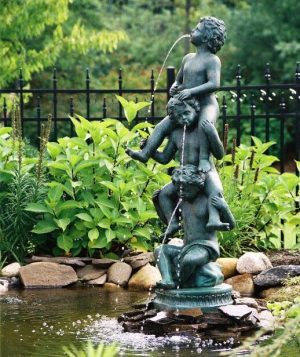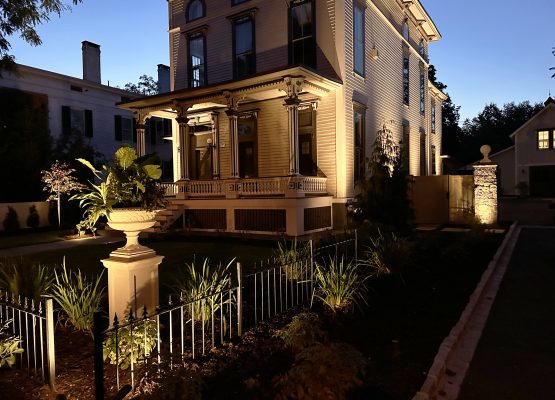

Loading
Redbud Development Inc. is a landscape construction company specializing in the custom design and quality installation of residential improvement and development projects. With a creative and collaborative approach, we help clients imagine and build exterior environments that connect seamlessly with the interior and reflect their personality and lifestyle.




The plant world is quite vast to say the least. Similar to artists combining infinite amounts of colors and textures to create their artwork, landscape designers use plants to accomplish the same feat. Trees, shrubs, perennials, bulbs, and annuals are our medium, and their colors, features and textures combine to create a lasting, constantly changing work of art. Plants can stimulate the senses, generate a certain mood, or instill pure wonder. Our primary challenge as designers is that our medium consists of living organisms that do not paint the intended picture if they do not survive.

There are several questions that must be answered before beginning a design, mostly pertaining to the state of the existing site. All plants require certain growing conditions specific to their species. Gather as much information about the planting area as possible and then use that information to pick the correct plants. First and foremost, the USDA hardiness zone of a plant is crucial in determining its inclusion in your planting scheme. The USDA hardines zone number indicates the estimated annual extreme low temperature a plant could survive. Simply stated, if you install plantings that are not rated for your hardiness zone their chances of survival are at or near zero. It is also vital to confirm sun exposure, wind exposure, soil type (sand, clay, etc.), soil pH, low/wet spots, and whether deer are prominent in the area. Gather all these details and then consider the goals of the planting. What is the client’s goal? Four season color? Privacy? Deliniation of outdoor rooms? Habitat for birds and bees? All of these factos will dictate what mkaes the final plant list.

Plants come in all kinds of shapes and sizes. The details of size and shape matter when choosing the right plants for any application. It is always a good idea to research the mature size (height and spread) of the plants that you would like to install. Remember that that the plants you buy at the nursery will grow to a much larger size over time. Dont be afraid to give enough space for growth between the plants. Avoid planting too many individual plants and different specimens in an effort to get instant gratification. The result will be less maintenance over the years and fewer trips back to the nursery. Knowing the mature sizes will also provide some insight into the scale of the plantings in relation to the planting area. The general rule of thumb is to locate larger plants in open areas and smaller plants in confined areas. Once you determine the sizes of the plants the plant list can take shape. This list is based on the original vision and also considers features like flowering times, flower color, leaf size and texture, leaf color, bark color and texture, and plant type (evergreen or deciduous).
Hard work and detailed planning is the foundation of every form of design. Subtleties of design can be overlooked by the untrained eye. Follow the the correct planning processes for your garden and the rewards will be bountiful and timeless.

